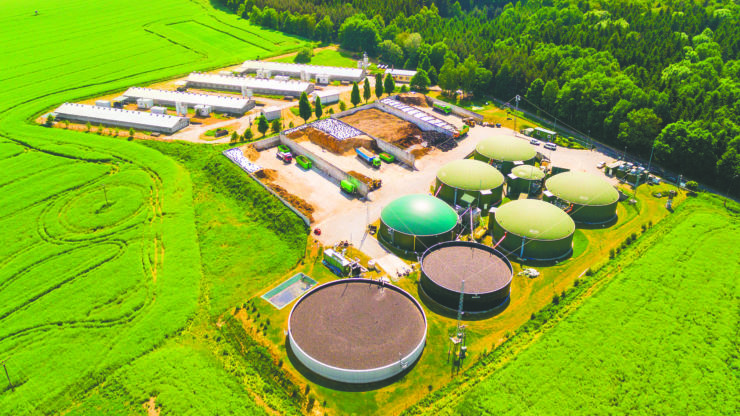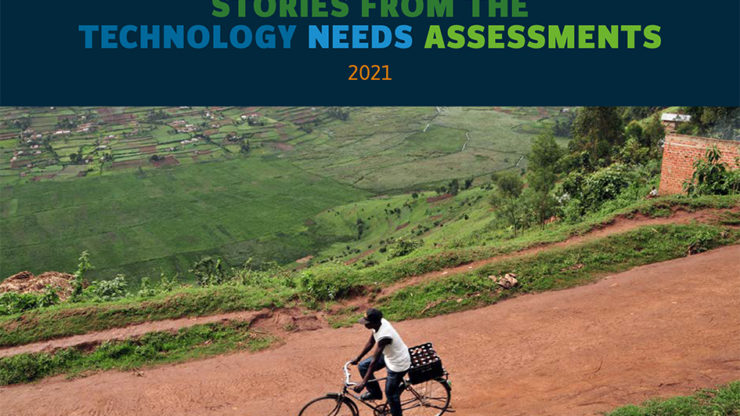Our new briefing note, Experience from preparing gender responsive TNAs, presents and discusses key trends and insights regarding efforts to mainstream gender considerations in the Technology Needs Assessment (TNA) process.
Impacts and solutions to climate change are gendered
The impacts of climate change are gendered, as are the solutions and technologies to address it. Women tend to rely more on natural resources or have more domestic burdens, especially in rural areas, and are thus hit harder by dramatic shifts in climate systems. In addition, women are generally at a disadvantage as they face challenges in realising their rights, for example due to social norms or policies that perpetuate inequalities.
If gender dynamics are not taken into account when planning for climate action, women will encounter obstacles to participating in, benefiting from development projects. Hence, systematically mainstreaming gender issues into the TNA process is of great importance, and will help ensure that women and men gain equal opportunities in relation to the Technology Action Plans (TAPs) that result from it.
Preparing gender-responsive TNAs, an analysis
In order to understand how the 22 countries that conducted a TNA in the period 2018-2022 have integrated gender considerations in their TNA process, we analysed the countries’ TNA, Barrier Analysis & Enabling Framework and TAP reports with the gender lens. The analysis showcases that 98% of the 40 TNA reports being analysed mention gender mainstreaming as being an important issue which needs to be taken into account all along the TNA process.
One of the concrete way to ensure that gender mainstreaming is considered from the very first steps of the TNA process is to set up a “gender criterion” during the climate technologies evaluation and prioritization process (the Multi Criteria Analysis). The gender criterion reflects the strength of the technology in achieving gender equality. Typically, the gender criterion will enable teams to evaluate technologies by considering the following questions: “Will the specific technology improve women’s living standard?”, “Will the technology improve girls and women’s access to education?”, “Will the technology create jobs for both men and women?”. Our analysis estimates that half of the countries integrated gender as a criterion in their Multi Criteria Analysis.
Setting up a gender-balanced TNA team, ensuring gender-sensitive stakeholder engagement in decision-making processes, and outlining how TAP activities and actions will achieve gender outcomes constitute additional ways to ensure that the TNA process is gender-responsive.
Learn more about gender-responsive TNAs
Download the brief below to learn more about gender mainstreaming in the TNA process. The publication entails an in-depth analysis for all stages of the TNA, supported by country examples and insights.
The TNA project has also published a Guidebook for a gender-responsive Technology Needs Assessment, familiarizing the reader with gender concepts and demonstrates the relevance of gender issues to climate change adaptation and mitigation, as well as to the relationship between gender and climate in the Sustainable Development Goals.





